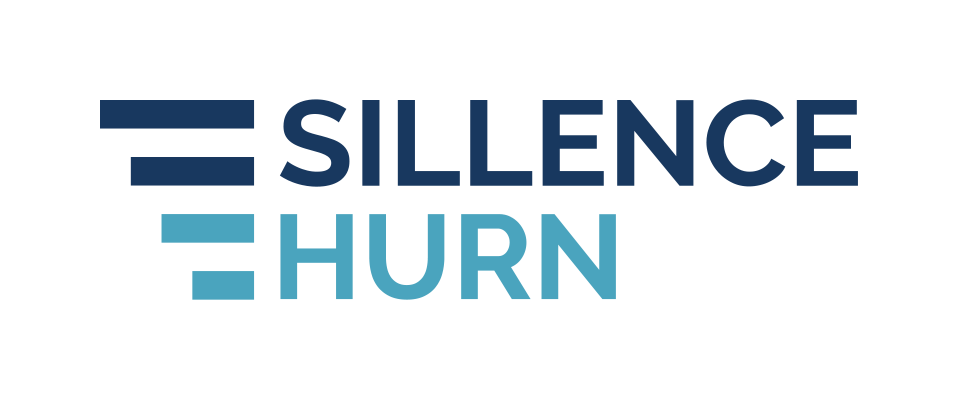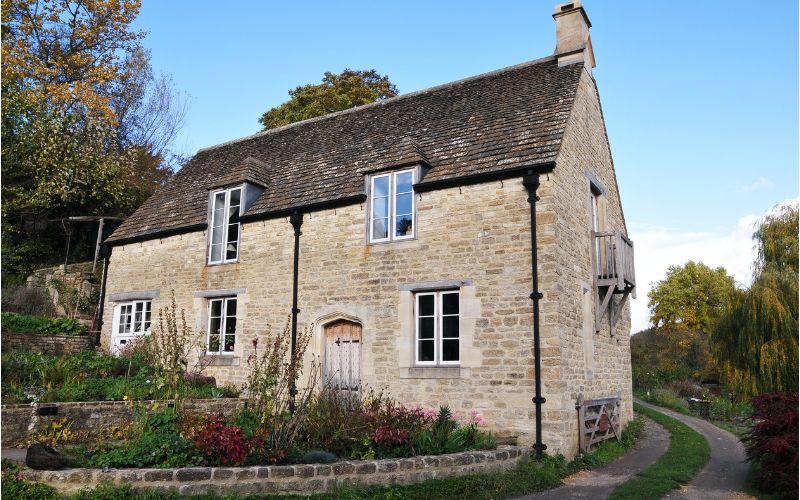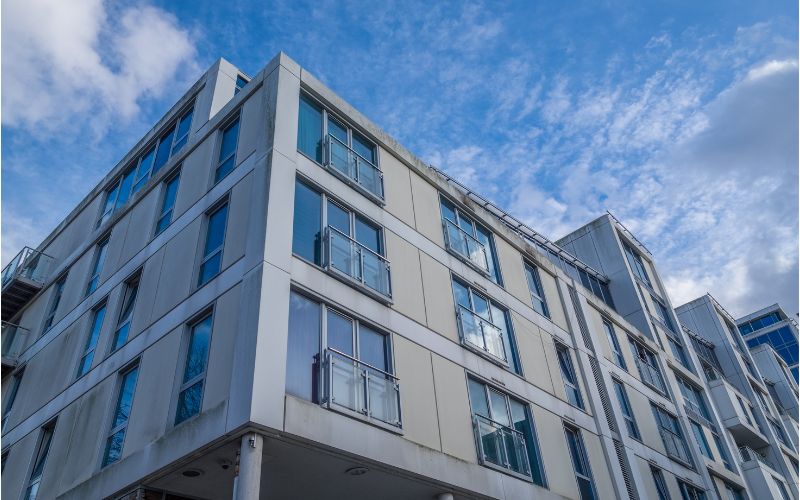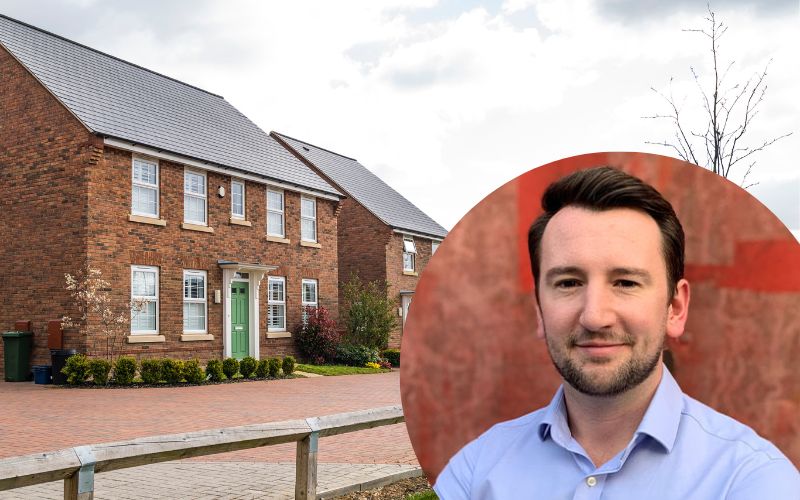What is a Principal Designer?
A Principal Designer is a designer that works within an organisation or on a freelance basis to manage the design processes during the pre-construction phase. Principal Designers are appointed to manage a wide range of projects and play an important role in assessing risks to health and safety.
Principal Designers are responsible for planning, managing, and monitoring the pre-construction phase of projects of all shapes and sizes. A Principal Designer is called in during the very early stages of a project and they are crucial to the success of a design or construction project.
Ultimately, they help to identify, eliminate and reduce hazards throughout the design process, which is essential when it comes to ensuring that buildings are fit for purpose, safe, and built in a way that optimises the longevity of the build.
Principal Designers work in both domestic and commercial environments and have a wide range of roles and responsibilities.
Roles and Responsibilities of a Principal Designer
Appointed Principal Designers have a whole host of important roles and responsibilities, all of which help ensure the pre-construction design of any project runs seamlessly.
The core roles and responsibilities of a professional Principal Designer, include:
- Coordinate health and safety in the pre-construction phase
- Advise the client on how to bring together pre-construction information
- Provide the required information designers and contractors need to carry out their duties safely and effectively
- Plan, manage, monitor all pre-construction planning
- Ensure effective communication and cooperation between everyone involved in the pre-construction phase
- Work with any other designers on the project to eliminate foreseeable health and safety risks
- Reduce control risks
- Liaise with the principal contractor throughout the entire process and provide a health and safety file
When it comes to appointing a Principal Designer, they must have the necessary skills, knowledge, and qualifications required to oversee all aspects of the pre-construction phase in line with Government health and safety requirements. It is essential that they have skills, knowledge, and experience (SKE) and the level of SKE must be reflective of the complexity of the project they are working on.
It’s crucial that they have the relevant skills needed to understand the components and complexities associated with projects of all sizes so that they can foresee any risks during the design process.
PD Role - Pre-Construction Phase
A Principal Designer will manage the pre-construction and design phases before the work begins. As part of this phase, they will work closely with the client or principal contractor in order to make crucial health and safety decisions and ensure that are foreseeable risks are managed and documented throughout the entire design process.
Once these risks have been identified and documented, it’s then up to the Principal Designer to communicate these to the design team, so that all risks can be eliminated, reduced, and controlled.
Under the Construction Design and Management (CDM) Regulations 2015, any projects that involve more than one contractor require the client to ensure that the principal designer prepares a health and safety file. This ensures that the client can pass on required health and safety information to anyone planning or undertaking subsequent works on the building before the construction phase.
At the end of this process, the Principal Designer is then responsible for handing over the health and safety file to the Principal Contractor. This should be kept on record and referred to when required as health and safety should be taken extremely seriously on all construction sites.
PD Role - Construction Phase
While most of the Principal Designer’s responsibilities are during the pre-construction phase, they should continue to liaise with the Principal Contractor throughout construction. This ensures that they are fully informed of any risks that need to be managed and controlled as the project continues to advance.
Communication is key to the success of any construction project and the relationship between a Principal Designer and Principal Contractor is extremely important.
Next steps
Generally, the Principal Designer role will be filled by an architect involved from the outset, however, a project manager can also fill this role. Contact us to discuss project management services for your project.
Disclaimer: Please note this article is for guidance purposes only and does not constitute legal advice.




